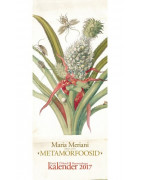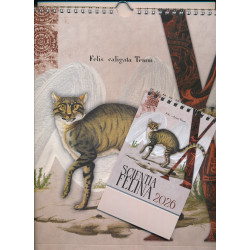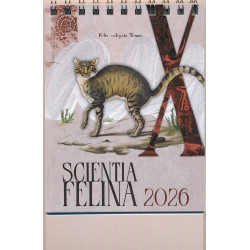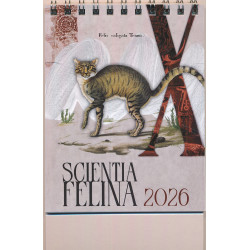Library calendar
The University of Tartu library produces a library calendar each year with a unique photograph at the front of the calendar. Only a limited number of calendars are printed each year for sale. They are in high demand and are available for purchase at the e-bookstore.




